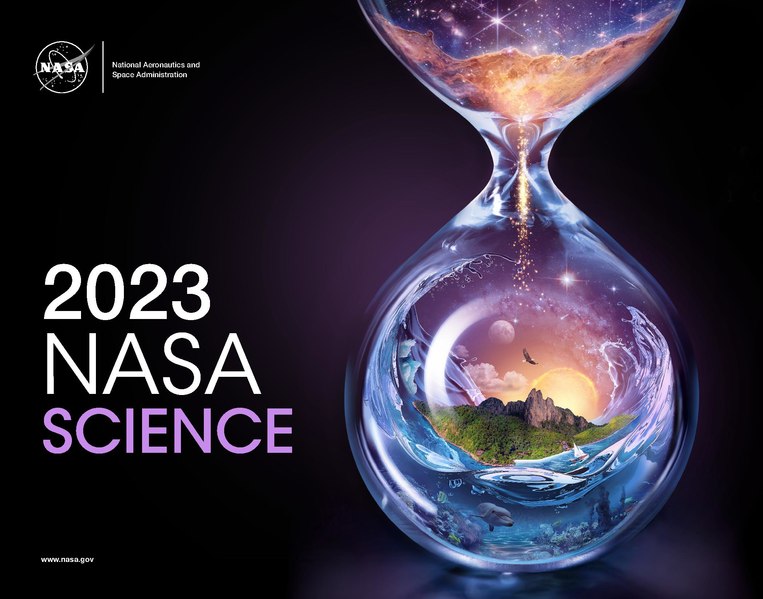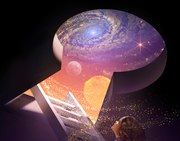File:NASA Science Calendar 2023.pdf

Original file (2,100 × 1,650 pixels, file size: 100.76 MB, MIME type: application/pdf, 36 pages)
Captions
Captions
Summary[edit]
| DescriptionNASA Science Calendar 2023.pdf |
English: 2023 NASA Science Calendar
|
| Date | |
| Source | https://science.nasa.gov/get-involved/toolkit/planning-guide (direct link) |
| Author |
NASA This image was created with Adobe InDesign. |
This image or video was catalogued by NASA Headquarters of the United States National Aeronautics and Space Administration (NASA) under Photo ID: NP-2022-08-3068-HQ. This tag does not indicate the copyright status of the attached work. A normal copyright tag is still required. See Commons:Licensing. Other languages:
العربية ∙ беларуская (тарашкевіца) ∙ български ∙ català ∙ čeština ∙ dansk ∙ Deutsch ∙ English ∙ español ∙ فارسی ∙ français ∙ galego ∙ magyar ∙ հայերեն ∙ Bahasa Indonesia ∙ italiano ∙ 日本語 ∙ македонски ∙ മലയാളം ∙ Nederlands ∙ polski ∙ português ∙ русский ∙ sicilianu ∙ slovenščina ∙ Türkçe ∙ українська ∙ 简体中文 ∙ 繁體中文 ∙ +/− |
Licensing[edit]
| Public domainPublic domainfalsefalse |
| This file is in the public domain in the United States because it was solely created by NASA. NASA copyright policy states that "NASA material is not protected by copyright unless noted". (See Template:PD-USGov, NASA copyright policy page or JPL Image Use Policy.) |  | |
 |
Warnings:
|
File history
Click on a date/time to view the file as it appeared at that time.
| Date/Time | Thumbnail | Dimensions | User | Comment | |
|---|---|---|---|---|---|
| current | 17:52, 11 March 2023 |  | 2,100 × 1,650, 36 pages (100.76 MB) | Ras67 (talk | contribs) | c:User:Rillke/bigChunkedUpload.js: == {{int:filedesc}} == {{Information |Description ={{en|1=2023 NASA Science Calendar * Science is the key to unlocking the secrets of the universe—unifying humanity with each discovery, expanding our knowledge and igniting our imagination. As we sail the sands of time and space, science gives context and meaning to measures great and small. Did you know there are as many stars in the universe as grains of sand on Earth? The new era of NASA Science dis... |
You cannot overwrite this file.
File usage on Commons
The following page uses this file:
Metadata
This file contains additional information such as Exif metadata which may have been added by the digital camera, scanner, or software program used to create or digitize it. If the file has been modified from its original state, some details such as the timestamp may not fully reflect those of the original file. The timestamp is only as accurate as the clock in the camera, and it may be completely wrong.
| Short title |
|
|---|---|
| Author | National Aeronautics and Space Administration |
| Unique ID of original document | adobe:docid:indd:5476efa2-ba30-11de-9aa9-e87bffb2f9bd |
| Date and time of digitizing | 05:59, 12 October 2022 |
| File change date and time | 05:59, 12 October 2022 |
| Date metadata was last modified | 05:59, 12 October 2022 |
| Software used | Adobe InDesign 17.0 (Macintosh) |
| Keywords |
|
| Conversion program | Adobe PDF Library 16.0.3 |
| Encrypted | no |
| Page size | 1008 x 792 pts |
| Version of PDF format | 1.4 |
